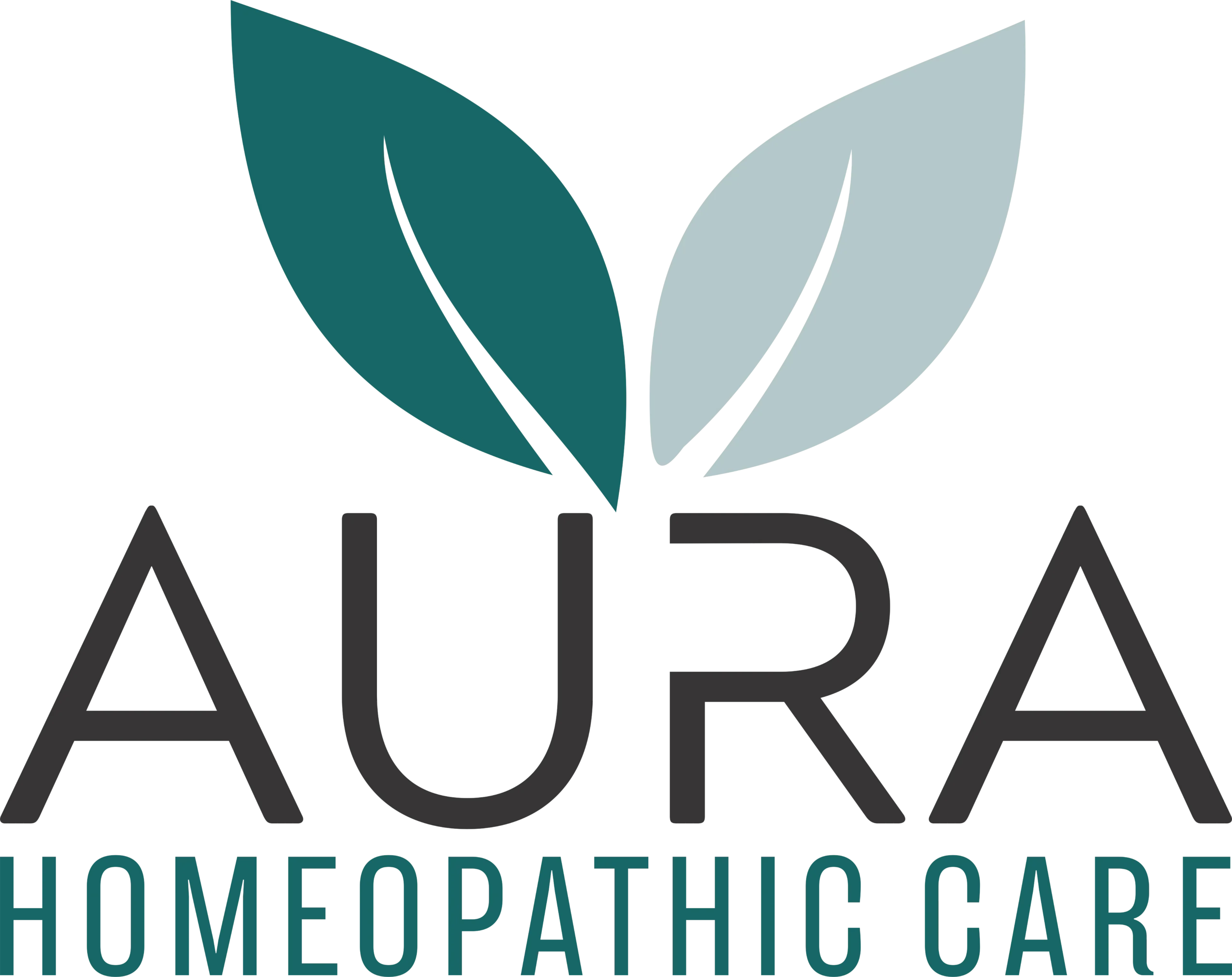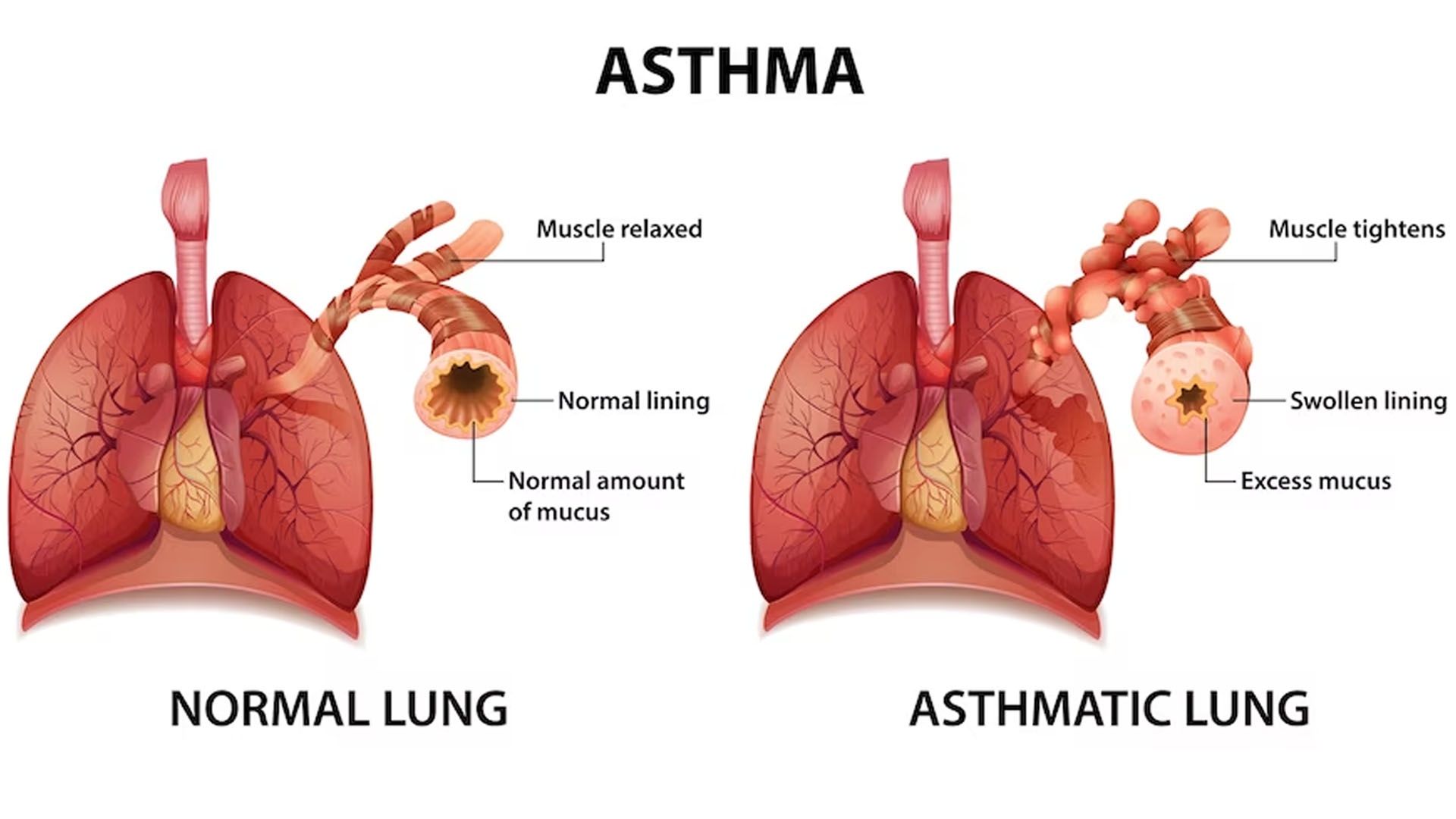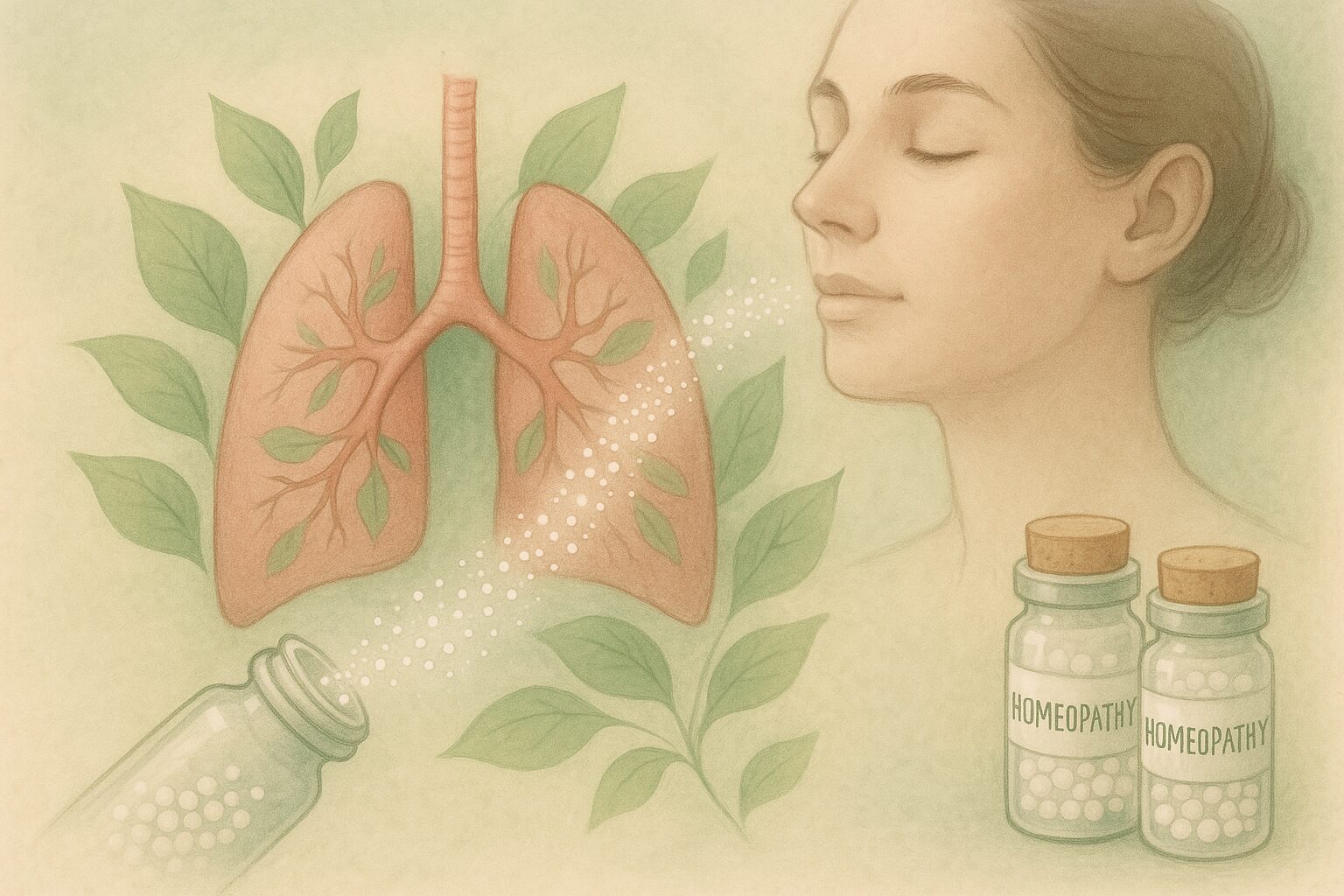Abstract:
This article examines the miasmatic background of asthma and its role in predisposing individuals, particularly children, to recurrent respiratory conditions. The discussion highlights the significance of constitutional remedies in addressing underlying susceptibilities explores objective and subjective symptoms, and elaborates on key remedies for both chronic and acute conditions. Historical perspectives and practical insights from homeopathic philosophy are integrated to present a holistic approach
to asthma management.
Introduction:
Asthma, a common respiratory disorder, is influenced by a miasmatic predisposition that determines susceptibility and reaction patterns in individuals. This article explores the foundational theories of homeopathy, including insights from Dr. Hahnemann and Dr. Kent, to understand asthma’s miasmatic roots and their implications for treatment. By focusing on objective symptoms, causative factors, and the use of constitutional remedies, the article provides an integrative approach to achieving lasting relief in asthma cases, especially among children. Historical figures and their struggles with asthma also underscore the enduring relevance of this holistic perspective. It is well known that all allergies whether respiratory or otherwise have a miasmatic background which leads to a susceptibility or predisposition to react to certain conditions and circumstances. If this miasmatic background is not removed. the children are liable to have reactions by getting wet, exposure to cold air or inhaling dust or smoke or by eating certain foods or fruits, etc. In some it may be a change of weather or change of place that may cause the trouble. These are nothing but exciting causes that may cause the development of cold. pneumonia, pleurisy or bronchitis. Prescribing on these exciting causes will not yielda permanent cure but may palliate for the time being and later on even these pallia-rives will not help until and unless the children are freed from their susceptibility by constitutional remedies which cover the entire background in which basic causes or causes exist.
It is interesting to mention here that Dr. Hahnemann suffered troubles. Dr. Farrington died very young. from bronchial During his illness, he went to Europe for a change thinking that it would improve his condition, but it became worse and he returned to his native place. Some of his Junior doctors suggested a change of treatment. Dr. Farrington being trained in both the systems was well aware of the results. Before his death, he told his sympathizer “If I must die, I want to die as a Christian”.
Dr. Rajendra prasad and Sri Rajagopachari, past Presidents of our Country and Swami Vivekananda the spiritual genius of the world, all suffered from asthma. These stalwarts belonging to medicine, politics and religion were all highly intellectual scholars, catholic and cosmopolitan in outlook and behavior and served humanity. There is line between insanity and intellectuality. The phthisis and other lung troubles are the protective diseases in arresting insanity. This has been elaborated very well by Dr. Kent. Hence all the above personalities of great intelligence had lung trouble in one form or the other and were not cured till their end and remained intellectually sound Such people generally fall under Tubercular diathesis.
Dr.Kent in the beginning of his practice was quite difficult in undertaking cases of asthma as there was no prompt cure This is quite evident from the fact that Dr. Hahnemann, the founder of Homoeopathy was not able to get himself cured of his asthma. Dr. Kent as he went on studying the organon and philosophy over years, came to the conclusion and said that the Sycotic Miasm is the root cause for most of the asthma patients. He also infused confidence in the minds of Homoeopaths and was responsible for the cure of asthma and other ailments of a miasmatic nature. His exposition of philosophy and Miasms is remarkable and par excellence. But for him many chronic ailments would have remained incurable. He says that Ars.alb..Spong., Ipecac are not effective in chronic asthma. They may give relief in the beginning but will not cure until and unless the chronic and constitutional remedies like Nat-s, and Kali-c. are prescribed. Now looking into the record of many good prescribers, we have the confidence to under-take the cases of asthma and assure a cure. But the question is whether we have achieved success in giving prompt relief during acute attacks particularly in children. In over forty years of my practice, I have failed to give immediate relief in some cases of acute bronchitis.
In children, it is very difficult to gather mentals of importance. Therefore many a time one has to rely more on objective symptoms which are easier to collect than mentals, provided one has the knowledge of collecting such symptoms skillfully. For instance, in a case of pneumonia or bronchitis if we find symptoms of drowsiness, rattling in chest, perspiration, prostration, face cold and blue, white coating of tongue with red edges, fan like motion of the wings of the nose and whining while touching. Immediately comes to our mind Ant tart, which will definitely cure provided the miasmatic background does not get mingled with or has a strong hold on such cases. Such cases belong to sycosis and remedies needed are Natsulph and Thuja. Of course there are many more remedies like Kali-c., Nit-acid, etc. which are to be thought of according to the background of the cases. Here also difficulty arises in collecting miasmatic mental symptoms. Therefore once again I repeat that we have to hunt for objective symptoms of Miasms concerning the cases. In Sycotic cases blood becomes hydroscopic and the reaction takes place by exposure to humid or damp weather or living in damp place or atmosphere or by drinking cold drinks or juicy fruits because the excess of hydrogen in the atmosphere or in fruits is not tolerated as the blood is already hygroscopic. Hence hydrogenoid remedies like Nat-s., and Thuj. are very essential for a permanent cure.
Impatience becomes more prominent in acute conditions. Now aptly it covers the Miasm of Sycotic cases. We have Ars-alb., Chin, Dulc, Sep, Sil., etc., all belong to impatience and respond to fast cures. In some cases Sulph. becomes a leading remedy if case is associated with psora symptoms.
If the face is blue in asthma, we have Stram., and if face is cyanotic we have to think of remedies like Arsalb., Aur., Cact., Cupr., Hydr-ac., Lyss., Merc-cy., Natm. and Vespa. Yellow band across forehead close to hair needs Med. Yellow saddle across cheeks calls for Sep. Yellow saddle across the nose, cold breathe, perspiration on head or forehead, perspiration on single parts, perspiration cold of hot, dilated nostrils or motion of the wings of the nose lips dry or cracked, corners of the mouth cracked, wrinkled forehead or face and many more such objective symptoms can be elicited for easy prescribing. Brown eyes in some cases, are invariably cured by Nit ac.
Similarly, we come across many objective symptoms. Restlessness in children calls for Ant-tart., Bor., Cham., Jal., Rheum. Rest lessness relieved by carried about requires Ant-tart, Ars., Charm., Cina, and Kall-c. Rest-lessness due to chest congestion needs Sep. Amelioration by rocking during asthmatic conditions demands Kali-c.. Acon., Cham., Cina., Puls., and Rhus-tox also have the symptom of rocking but in general in any complaints.
Tuberculinum checks the tendency to cold that descends to the chest causing respiratory diseases like
Pneumonia Bronchitis etc. Its symptoms are ever-changing. Emaciation while eating well like lodium. Longs for open air, and wants doors and windows open like Pulsatilla and Kali-s. Kali-s. is more often necessary in children, particularly exposure, cannot get rid of one before another comes. Restless, never satisfied to remain in one place long and wants to travel.
Like Tuberculinum we have one more remedy. Carcinocin, which is not frequently used or not thought of at all by many because of its name itself and also because not found in the Kent’s Repertory. It is wonderful remedy for use in children if they have a family history of anemia, Cancer, Diabetes, Tuberculosis with a history of at-tacks of pneumonia and whooping cough. It has an aggravation and also amelioration at seashore like Ars., Kali-i., Mag-m., Med., Nat-m., Nat-s., Sep and Syphilinum. all have aggravation at seashore. Syphilinum has amelioration by mountain air which is not found in Kent’s Repertory. Some children and even adults who are allergic near or around horses need Pothos and near cats: Felix.
Apart from objective symptoms we have to pay more attention on causative factors and family history for the easy selection of remedies. Now a days Aluminum poisoning is present in many cases because of sing pressure cookers and aluminum. Therefore, Alumina becomes a very useful remedy in such cases. It has rattling and wheezing and is worse by condiments. Another remedy not frequently used is Hippozaenium which is a nosode very useful as an intercurrent remedy.
Intercurrent remedies play a pivotal role in managing bronchial asthma, especially in cases where chronic miasmatic influences hinder progress. Remedies like Tuberculinum and Carcinocin are often employed to address underlying susceptibilities and prevent recurrent respiratory conditions. Tuberculinum is particularly effective in cases with a history of frequent colds descending to the chest, emaciation despite good appetite, and a longing for open air. Similarly, Carcinocin is valuable for individuals with a family history of tuberculosis, cancer, or anemia, and those prone to recurrent pneumonia or whooping cough. These remedies act by addressing the miasmatic background, thereby reducing the frequency and severity of asthma episodes. Additionally, Natrum sulphuricum and Thuja occidentalis are indispensable in Sycotic cases, where damp weather or humid conditions exacerbate symptoms. By integrating intercurrent remedies into treatment plans, practitioners can achieve more comprehensive and lasting results in asthma management.
Conclusion
Through a comprehensive exploration of asthma’s miasmatic background, this article underscores the importance of addressing constitutional susceptibility for achieving lasting relief. The integration of objective symptoms and family history with miasmatic considerations paves the way for effective homeopathic management. By revisiting historical insights and remedies, the article highlights how a deeper understanding of asthma’s roots can lead to improved outcomes, particularly in challenging pediatric cases.
Authors:
- Dr. Priyanka Shroff, Professor of Organon of Medicine and Homoeopathic Philosophy, Rajkot Homoeopathic Medical Collage, Parul University, Gujrat, India
- Dr. Mital Kacha, Assistant Professor of Organon of Medicine and Homoeopathic Philosophy, Rajkot Homoeopathic Medical Collage, Parul University, Gujrat, India
- Dr. Urvi Dhokiya, PG Scholar Part – 2 Department of Organon of Medicine, Rajkot Homoeopathic Medical Collage, Parul University, Gujrat, India
Reference
- Hahnemann, Samuel. Organon of Medicine. The foundational text for understanding homeopathic philosophy.
- Kent, J.T. Lectures on Homeopathic Philosophy. A key resource for insights into miasma and chronic diseases.
- Close, S. (1981). The genius of homeopathy.
- Farrington, Ernest. Clinical Materia Medica. Discusses remedies and practical applications in conditions like asthma.
- Boericke, William. Boericke’s Materia Medica with Repertory. Essential for the study of remedies like Natrum sulphuricum, Thuja, and others mentioned.
- Clarke, John Henry. A Dictionary of Practical Materia Medica. Comprehensive information on remedies and their applications.



